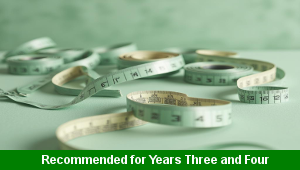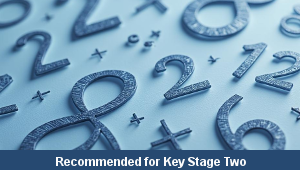Home > Special Topics > Easter > Egg Puzzles
Egg Reflections

This art and design teaching pack for all year groups gets the children to explain and model how to use some different 2D shapes to complete and create example symmetrical designs on a range of wrappings for Easter eggs.
The class can practise reflecting the selected designs across a line of symmetry to create the wrapping paper for a chocolate egg to give to friends and family for Easter.
Download this teaching pack including display posters, classroom activities and an interactive presentation to explain and model how to use some different 2D shapes to complete and create example symmetrical designs on a range of wrappings for Easter eggs
Activities in this teaching pack include display posters to identify and describe different 2D shapes by their individual properties and worksheets to select different 2D shapes to complete and create symmetrical designs across a line of symmetry on egg shapes to make some wrappings for Easter eggs.
The interactive presentation can be used to explore different 2D shapes that can be used to complete symmetrical designs on Easter eggs.
This lesson is part of an art and design scheme of work to get the children to practise using art and design and maths skills to produce a range of puzzles on the theme of Easter eggs using matching and themed shapes. There are teaching activities for shared learning, differentiated worksheets to support independent learning and interactive presentations to introduce concepts and key skills.
-

Length Calculations
Practise using number calculations skills for addition, subtraction, division and multiplication when solving problems related to length measurements
-

Maths Calculations Assessment
Assess abilities in solving a range of different number problems for addition and subtraction when working with informal and formal written calculations
-

Money Coin Sums
Practise identifying, combining and recording sets of coins that can make matching sums that can be used when shopping for different products
-

Maths Number Assessment
Assess abilities in working with numbers to solve abstract and contextual problems when calculating sums, products and quotients using different techniques and methods
